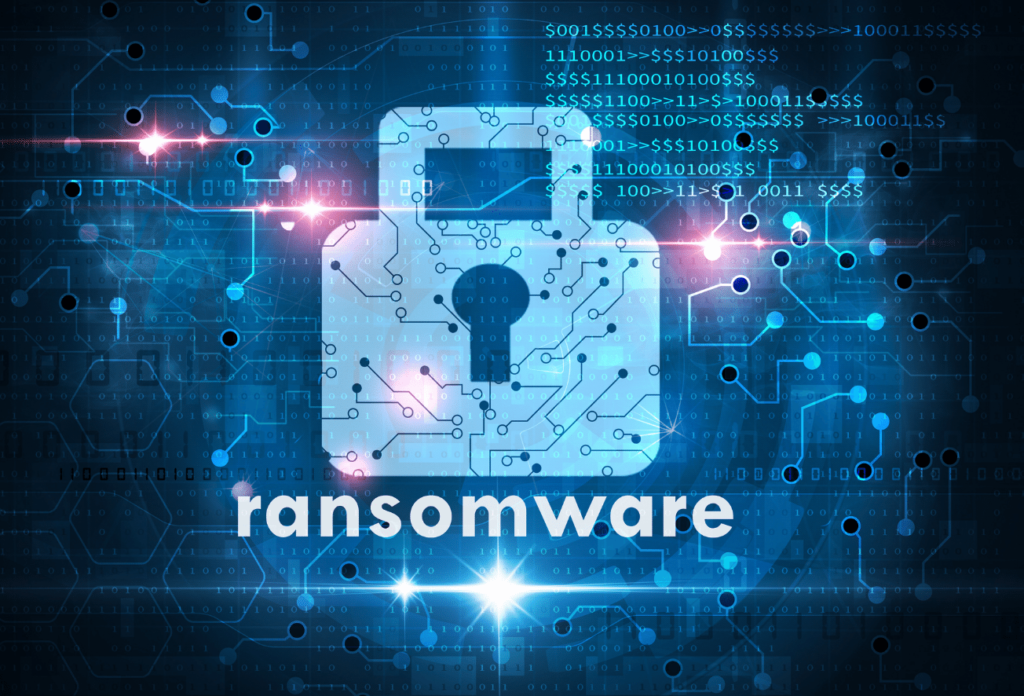The digitization of the healthcare industry ushered in a new era. Paper was no longer the lone way to manage patient records. While the use of EHRs and pharmacy management systems reduced the paper, the amount of data exploded. To manage all this and remain compliant with HIPAA and record retention laws, healthcare data archiving has become a go-to for organizations.
The practice offers many benefits for healthcare entities. You can retire legacy systems, which reduces costs. Such a system also makes the information easily accessible for audits or requests. Further, it lives in the cloud, so it’s not on a physical on-site server. You can enjoy all these benefits with many different solutions, but there are some best practices to keep in mind.
Healthcare Data Archiving Best Practices
Before you choose a platform or devise an archiving strategy, consider these best practices.
Ensure You’re Compliant with Record Retention Regulations
Do you know how long you must retain records? The statute varies by state. In most cases, it’s 10 years, but some states like Massachusetts and Oregon require lengthier periods. Compliance with this doesn’t just mean you have the records somewhere. They need to be in a storage system that protects the protected health information (PHI). Be sure that the digital archiving service you choose does that.
Have a Backup
Back up everything! That’s the mantra that every organization understands in a digital world where ransomware attacks happen regularly. If hackers were to seize your archive, the backup would be your failsafe. (Check out this story of an organization losing their patient data archive.) Be sure your provider backs up all your data in the cloud.
Select an Option that Can Handle All File Types
Healthcare data archiving includes more than documents. You likely have lots of images as well or other formats. When you transfer your records to an archive, it won’t be suitable if it can only accept a limited number of file types. Go over the types of files you have and get assurance the system can handle them.
Seek Out a System with User Level Permissions
You may have multiple locations and lots of different users. However, you may not want all to have the same permission levels. Thus, you’ll need an archiving solution that lets you manage who has access and what kind of access.
Be Sure About Security
Healthcare data is very attractive to hackers. You need a robust system that goes beyond standard cybersecurity methods. Inquire about encryption. You’ll want to know that it’s in use when data is in transit and at rest. Further, you should discuss their co-location partner and the security protocols they have in place, both digitally and physically.
Find a Platform That’s Intuitive
You don’t need a complex system to handle your archive. If it’s going to require hours of training, adoption will be low and frustration high. Instead, you’ll prefer a web-based, easy to use interface that anyone can figure out in a few minutes. Features like search and filtering should be simple to use, as well.
Healthcare Data Archiving with ViewMaster
Healthcare data archiving doesn’t have to be cumbersome or expensive. Our system, ViewMaster, has all the features you need with all the security you expect. See how it works today by watching our video.

